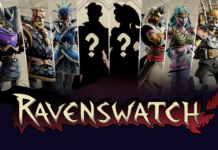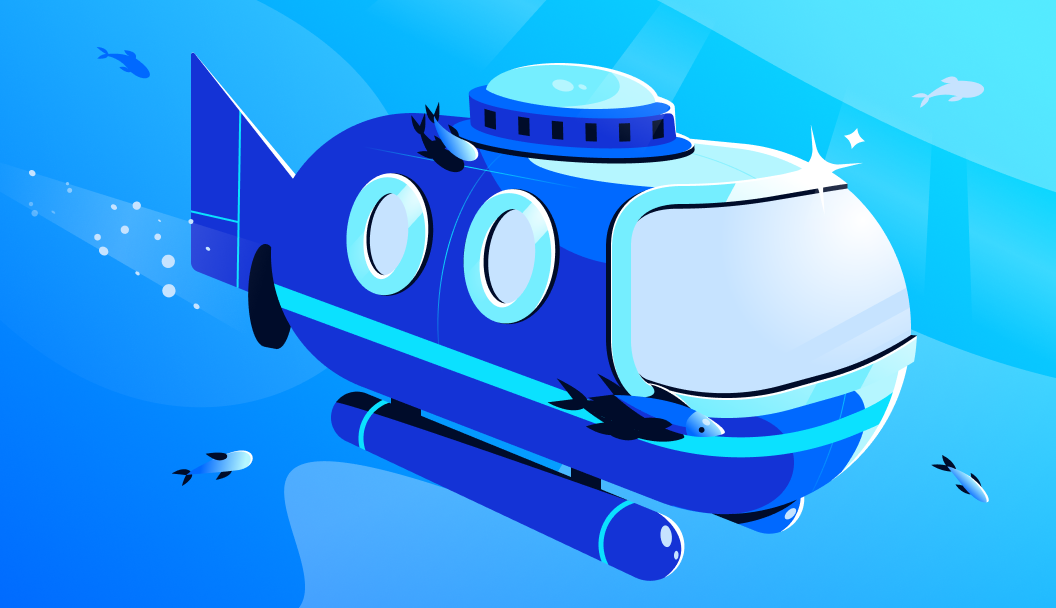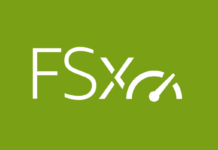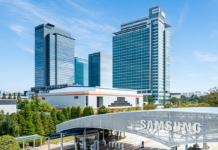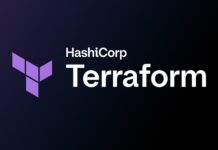Exciting Update: DigitalOcean App Platform Now Supports HTTP/2 and gRPC
We are excited to share some great news for developers and tech enthusiasts. The DigitalOcean App Platform now includes support for applications that utilize HTTP/2 and gRPC. This advancement opens up a world of opportunities for developers aiming to create faster, more efficient, and highly scalable cloud-native applications. Let’s dive into what this means and how it can benefit your development projects.
Understanding HTTP/2
HTTP/2 is a significant revision of the HTTP protocol, designed to enhance web communication by making it faster and more efficient. One of its key features is multiplexing, which allows multiple requests to be sent over a single connection. This capability significantly improves performance and reduces latency—making it particularly advantageous for web services and microservices architectures that need to process numerous requests simultaneously.
Introducing gRPC
gRPC, which stands for gRPC Remote Procedure Call, is an open-source framework that enables high-performance RPC (Remote Procedure Call) communication over HTTP/2. It facilitates seamless communication across different environments and programming languages, ensuring speed and efficiency. gRPC is especially beneficial in distributed systems and microservices due to its low-latency and real-time streaming capabilities.
Why gRPC is a Developer’s Choice
gRPC is rapidly becoming the preferred solution for developers working on high-performance, distributed systems. Here are some reasons why it stands out:
- High Performance: gRPC leverages HTTP/2 technology, enabling multiple requests to be multiplexed over a single connection. This reduces latency and accelerates data transmission between services.
- Efficiency: gRPC utilizes Protocol Buffers (Protobuf) for data serialization. Protobuf creates compact message sizes, making it ideal for environments with limited bandwidth, such as mobile and IoT devices.
- Streaming Capabilities: gRPC supports continuous data streams between the client and server, making it perfect for real-time applications like video streaming, chat services, and live data feeds.
- Cross-Language Support: Designed for interoperability, gRPC allows services written in different languages (such as Go, Python, and Java) to communicate seamlessly. This feature is particularly useful in microservices architectures where each service might be developed in a different language.
At DigitalOcean, we rely on gRPC to build many of our internal APIs. Its speed, efficiency, and ability to manage large-scale distributed services make it the ideal choice for our needs. By adopting gRPC for your applications on the DigitalOcean App Platform, you will be utilizing the same robust technology that powers the services you use daily.
Configuring gRPC on DigitalOcean App Platform
To run your gRPC application on the DigitalOcean App Platform, you must configure your app to use HTTP/2 transport. This involves setting the new protocol field for the respective service to HTTP2. Note that this configuration is done per service, allowing different services within the same application to use either HTTP or HTTP/2.
Example Configuration:
“`yaml
name: sample-grpc
services:- name: sample-grpc
protocol: HTTP2
github:
TODO: Create Sample
“`The service itself must serve HTTP/2 over cleartext (h2c), which may require some setup in the code as opposed to a standard HTTP/2 setup. For instance, in Golang, you can set up the server as follows to handle HTTP/2 and gRPC workloads:
Example Golang Server Setup:
go<br /> package main<br /> <br /> import (<br /> "fmt"<br /> "io"<br /> "net/http"<br /> "os"<br /> "strings"<br /> <br /> "golang.org/x/net/http2"<br /> "golang.org/x/net/http2/h2c"<br /> "google.golang.org/grpc"<br /> )<br /> <br /> func main() {<br /> g := grpc.NewServer()<br /> // gRPC server setup...<br /> <br /> handler := func(w http.ResponseWriter, r *http.Request) {<br /> if r.ProtoMajor == 2 {<br /> if strings.HasPrefix(r.Header.Get("Content-Type"), "application/grpc") {<br /> g.ServeHTTP(w, r)<br /> return<br /> }<br /> io.WriteString(w, "Hello HTTP/2")<br /> return<br /> }<br /> io.WriteString(w, "Hello HTTP/1.1")<br /> }<br /> <br /> server := &http.Server{<br /> Addr: fmt.Sprintf(":%s", os.Getenv("PORT")),<br /> Handler: h2c.NewHandler(http.HandlerFunc(handler), &http2.Server{}),<br /> }<br /> server.ListenAndServe()<br /> }<br />And that’s it! Once you’ve configured your app, you can deploy it to the App Platform, and it will seamlessly serve your HTTP/2 or gRPC-based APIs.
Advantages of Using gRPC and HTTP/2 on DigitalOcean App Platform
By harnessing the power of gRPC and HTTP/2 on the DigitalOcean App Platform, you can achieve improved performance, lower latency, and smooth scaling for your distributed services. Whether you are building microservices, real-time APIs, or cross-platform applications, gRPC provides an excellent foundation for creating modern, cloud-native systems.
Get Started Today
If you’re looking to bring the capabilities of HTTP/2 and gRPC to your applications, now is the perfect time to get started. Visit DigitalOcean to learn more and begin your journey towards building faster, more efficient cloud-native applications. Embrace the future of web application development with DigitalOcean’s enhanced App Platform.
- name: sample-grpc
For more Information, Refer to this article.




















